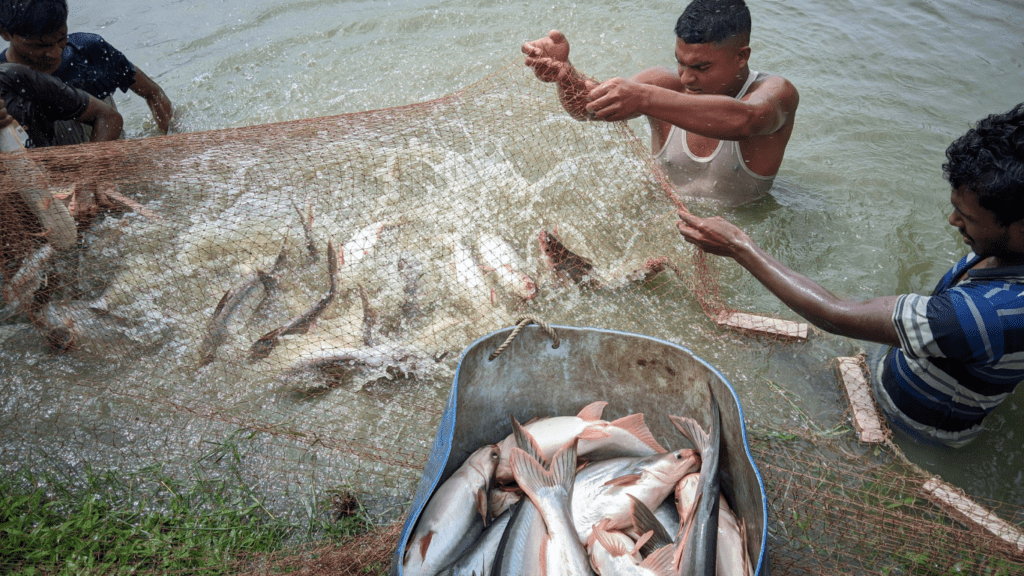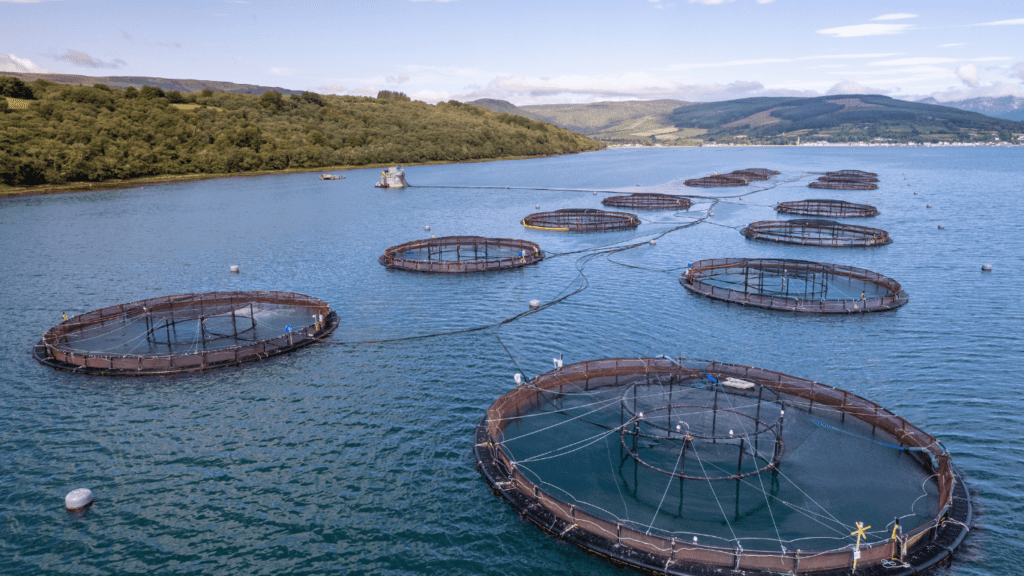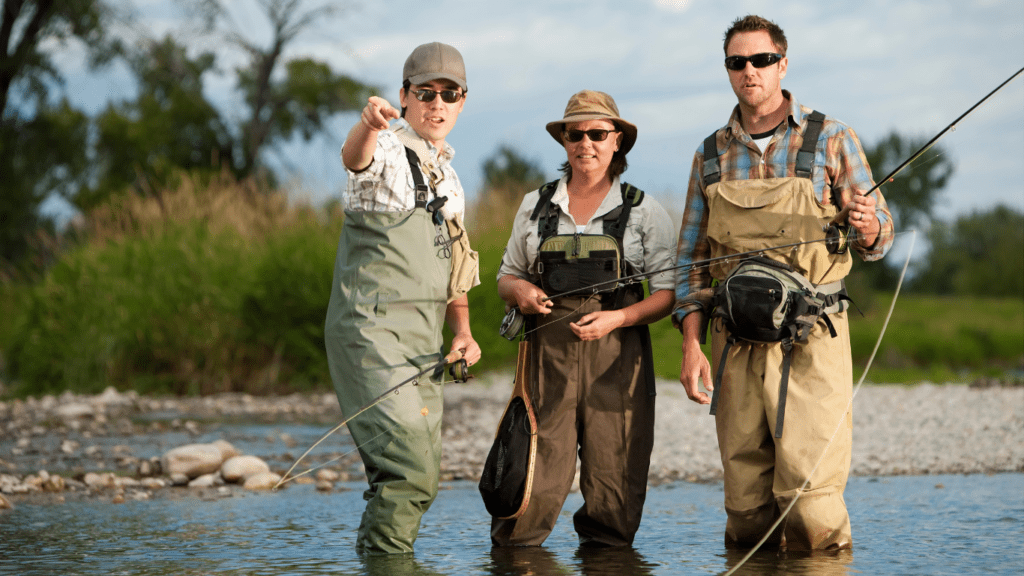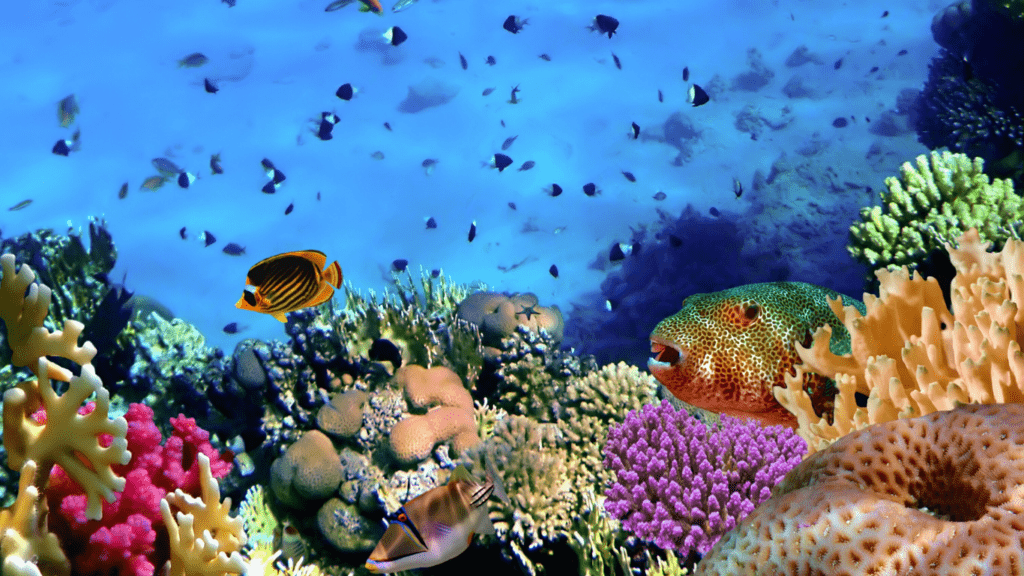The Importance Of Sustainable Fisheries
Sustainable fisheries play a key role in preserving marine ecosystems and supporting biodiversity. They maintain fish populations at healthy levels, preventing overfishing that can disrupt aquatic food chains. Without sustainable practices, species like Atlantic cod or bluefin tuna face critical depletion.
Ethical fishing methods reduce environmental damage caused by destructive tools or techniques. Proper gear selections, like:
- circle hooks
- biodegradable nets
help protect non-target species and maintain seafloor integrity. These practices ensure healthier ecosystems for future generations.
Fishing communities gain long-term stability through sustainable fisheries. By preventing stock collapses, communities relying on fishing for their livelihoods can continue their trade. Examples include small-scale fishers in Alaska and Iceland who balance commercial success with ecological preservation.
Consumer demand for sustainably sourced seafood drives positive industry changes. Certified labels like MSC or ASC empower customers to support responsibly harvested fish, incentivizing ethical choices across supply chains. This creates a cycle of accountability benefiting oceans and consumers alike.
Ethical Practices In Fishing
Ethical fishing practices play a crucial role in safeguarding marine ecosystems while enhancing the long-term sustainability of fisheries. By adopting responsible methods, we ensure balanced aquatic environments and support livelihoods dependent on healthy oceans.
Reducing Overfishing And Bycatch
Minimizing overfishing and bycatch directly supports ethical fishing practices. Using gear like circle hooks and turtle excluder devices (TEDs) significantly lowers the unintended capture of non-target species such as sea turtles and sharks. Implementing catch quotas and seasonal bans prevents fish populations from being overharvested, keeping ecosystems balanced. For example, the North Atlantic swordfish fishery reduced bycatch rates by over 90% through these methods.
Promoting Marine Biodiversity
Ethical practices contribute to marine biodiversity by protecting habitats and preventing species depletion. Techniques such as habitat-safe trawling and using biodegradable gear reduce disturbance to coral reefs and seafloor ecosystems. Marine-protected areas (MPAs) further enhance biodiversity, acting as safe zones where species can thrive. Studies show that MPAs increase fish population density by 63% within their boundaries, benefiting adjacent fishing areas.
Supporting Local Communities
Adopting ethical practices strengthens the economic and social resilience of fishing communities. By prioritizing sustainable harvesting, small-scale fishers maintain profitable stocks and ensure future generations’ livelihoods. Initiatives like community-supported fisheries (CSFs) promote direct sales between fishers and consumers, offering fair prices and reducing waste. Examples include Alaska’s salmon fishers, who combine responsible techniques with robust local market support, benefiting both their economy and the environment.
Benefits For Anglers
Sustainable fisheries provide significant advantages for anglers by ensuring thriving marine ecosystems and enhancing fishing experiences. Ethical practices contribute to better fish availability and long-term rewards for those who fish responsibly.
Access To Healthier Fish Populations
Sustainable fisheries create environments where fish populations can grow and thrive. Ethical methods, like respecting catch limits and using less invasive gear, help foster healthier, more abundant stocks. For instance, circle hooks reduce bycatch, allowing targeted species to flourish. Anglers benefit from larger, higher-quality catches, making each trip more rewarding.
Long-Term Economic Advantages
Practicing sustainable fishing supports financial stability for anglers by maintaining consistent resources. Declines in overfishing and the promotion of ecosystems sustain fish harvests over time. For example, community-supported fisheries (CSFs) offer direct market opportunities, enhancing economic returns while prioritizing resource preservation. Adopting these ethical practices aligns short-term gains with the long-term viability of this important livelihood.
Positive Impacts On Oceans

Sustainable fisheries have significant benefits for marine environments, enhancing ecological health and promoting resilience. Ethical fishing practices play a vital role in maintaining the balance of ocean ecosystems while addressing global environmental challenges.
Preservation Of Marine Ecosystems
- Carefully managed fisheries help preserve vital marine ecosystems by preventing overfishing and habitat destruction.
- Responsible practices like setting quotas and eliminating bottom trawling safeguard breeding grounds and coral reef habitats, which support diverse marine species.
- Initiatives like marine-protected areas (MPAs) have also shown success in allowing ecosystems to recover; fish stocks often rebound inside MPAs, contributing to healthier populations outside their boundaries.
- By promoting biodiversity, ethical fishing ensures the ecological integrity of oceans improves over time.
Climate Change Mitigation
Sustainable fishing methods contribute to mitigating climate change by reducing carbon emissions and protecting essential carbon sinks. For instance, preserving seagrass meadows and mangroves prevents significant carbon release, as these habitats store up to 10 times more carbon per hectare than terrestrial forests. Some fisheries lower their carbon impact by using energy-efficient vessels and reducing fuel-intensive fishing techniques. This approach aligns conservation efforts with climate goals, safeguarding ocean health and combating global warming simultaneously.
The Role Of Policy And Innovation
Effective policy and innovative solutions drive the shift towards sustainable fisheries. These elements ensure ethical fishing practices while preserving marine ecosystems.
Legislative Measures
Strict policies regulate fishing activities to prevent overfishing and habitat destruction. For example, the Magnuson-Stevens Fishery Conservation and Management Act in the U.S. mandates annual catch limits to keep fish stocks sustainable. International agreements, such as the United Nations Fish Stocks Agreement, outline conservation measures for shared fish populations across global waters.
Designated marine-protected areas (MPAs) often align with legislation to safeguard critical habitats and replenish overexploited stocks. Penalties for non-compliance discourage illegal fishing, while traceability systems ensure seafood transparency from ocean to table.
Technological Advancements In Sustainable Fishing
Innovations enable fishers to minimize environmental harm while maintaining productivity. Devices like fish aggregating devices (FADs) and Bycatch Reduction Devices (BRDs) help target specific species and reduce bycatch. For example, turtle excluder devices (TEDs) have lowered accidental sea turtle capture by up to 97%, according to NOAA.
Digital technologies, including satellite monitoring and AI algorithms, improve compliance with regulations by tracking fishing vessels and detecting illegal activities. Mobile apps and platforms connect fishers with markets, promoting sustainable practices and increasing economic opportunities.





